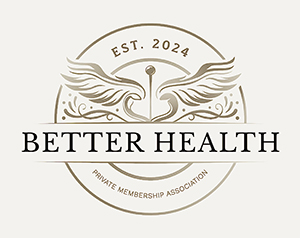 Fascial Distortion Model
Fascial Distortion Model
The Fascial Distortion Model (FDM) is an anatomical perspective, originated Stephen Typaldos, D.O. Dr. Typaldos described six principal types of fascial distortions, each with its own body language, signature presentation and likely outcome with and without Fascial Distortion Model treatments. He then tested his model over a period of almost 15 years and found that it held up exceptionally well. Initially he treated mostly acute injuries, which could be reversed almost instantaneously, but as the years went on, he tested his model on more and more difficult cases, some from injuries that had occurred 20 years earlier. The results were the same – dramatic and spectacular in most cases.
Some common injuries that are easily resolved with FDM manual treatments include: pulled muscles and muscle tears, sprained ankles, shin splints, Osgood-Schlatter Disease, whiplash, headaches, shoulder pain, frozen joints, kidney stones, plantar fasciitis, sprains, strains and tendonitis, and low back pain. Chronic pain can also be successfully treated using the FDM, but results typically take longer than for acute injuries. Sciatica, carpal tunnel syndrome and many other injuries can also be successfully treated in this model.
In the FDM approach, treatment is directed into the specific anatomical distortions of the joint capsule, ligaments and surrounding fascia, physically reversing them. When the fascial distortions are corrected, the anatomical injury no longer exists; the patient can resume normal function and is pain free. Both successes and failures are immediately obvious to the patient and the practitioner, which, in the case of success, is very rewarding for both. Because the FDM treatment is based on patient body language and mechanism of injury, which help determine the FDM diagnosis, results are objective, measurable, and often amazing.
· Triggerband (TB): Twisted or wrinkled fascial fibers that cause a burning or pulling pain along fascial structures that are comprised primarily of linear fibers (such as fascial bands, ligaments, and tendons).
· Herniated Triggerpoints (HTP): Abnormal protrusion of tissue through the fascial plane commonly found along the top of the shoulder (supraclavicular fossa) and deep in the buttock (bulls-eye). They can also be found along the edge of the scapula, deep in the tissues of the arm and thigh, and in the pelvic floor.
· Continuum Distortion (CD): Alteration of transition zone between ligament, tendon, or other fascia and bone. Continuum distortions can occur alone, or there may be many in injuries such as ankle sprains.
· Folding Distortion (FD): Three-dimensional alteration of fascial plane, which commonly occur in tissue around joints, and are similar to what happens to a road map that unfolds and then refolds in a contorted condition.
· Cylinder Distortion (CyD): Overlapping of cylindric coils of fascia, these cause pain in non-jointed areas (and to a lesser extent in jointed areas) which cannot be reproduced or magnified with palpation. They are also responsible for a wide range of seemingly bizarre symptoms, such as tingling (paresthesia), numbness (diminished sensation), and pain that spontaneously seems to jump from one location to another.
· Tectonic Fixation (TF): Inability of fascial surfaces to glide that can cause a joint to be stiff. Thrusting manipulations are typical current and widely practiced methods of correcting tectonic fixations.
Summary
In its most narrow application, the Fascial Distortion Model is a competitive and effective method of envisioning and treating a wide range of musculoskeletal injuries. I add this model into the things I already know for deeper understanding of my patients issues and ways to treat them. For more information on the Fascial Distortion Model, please click here.
